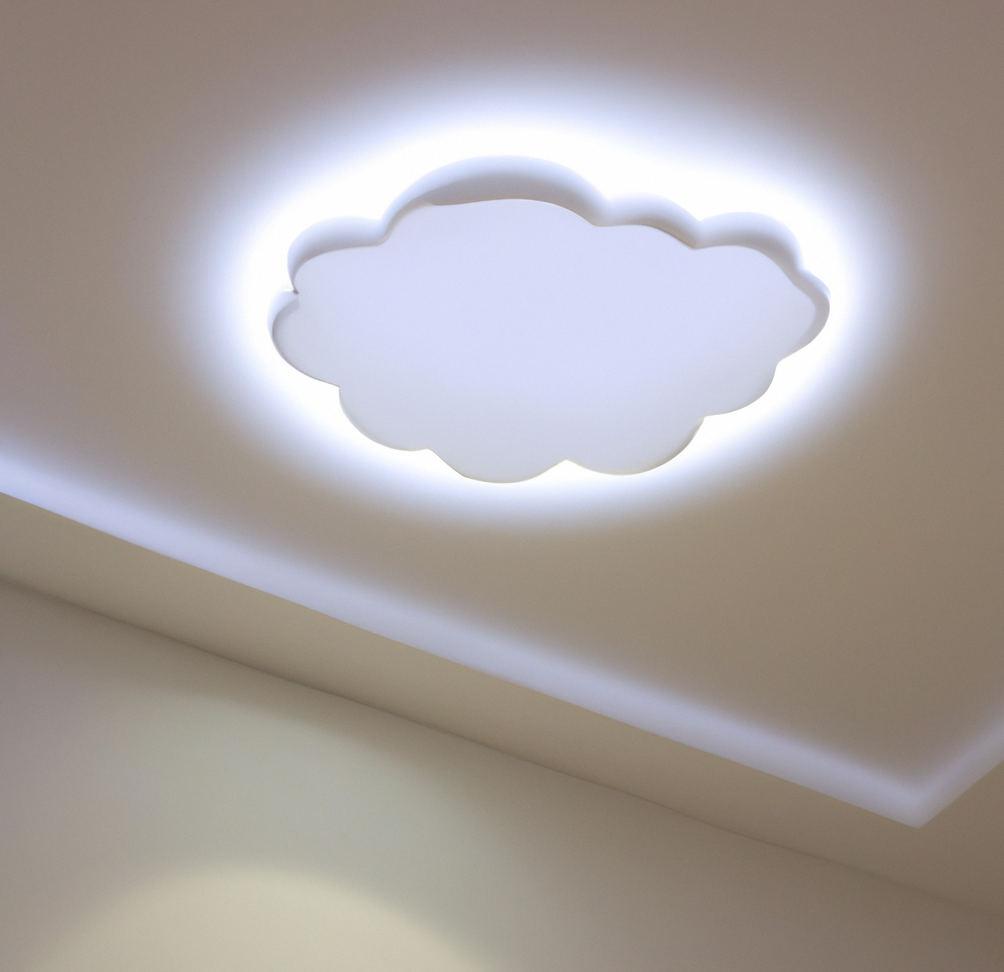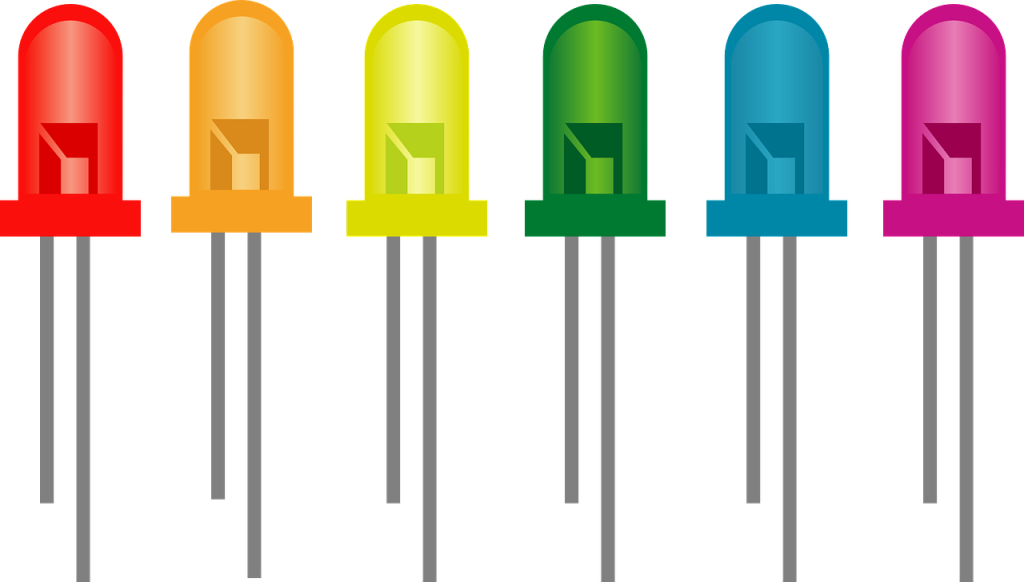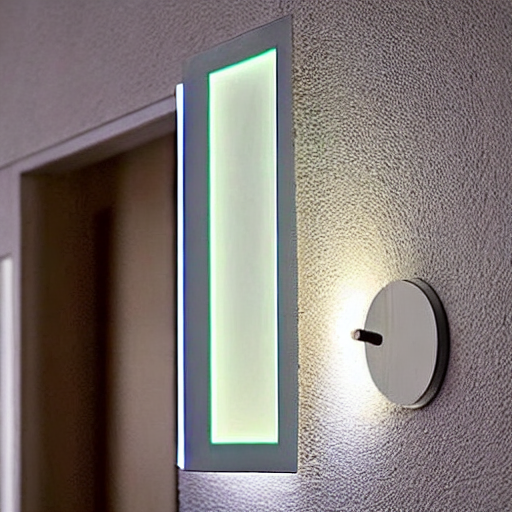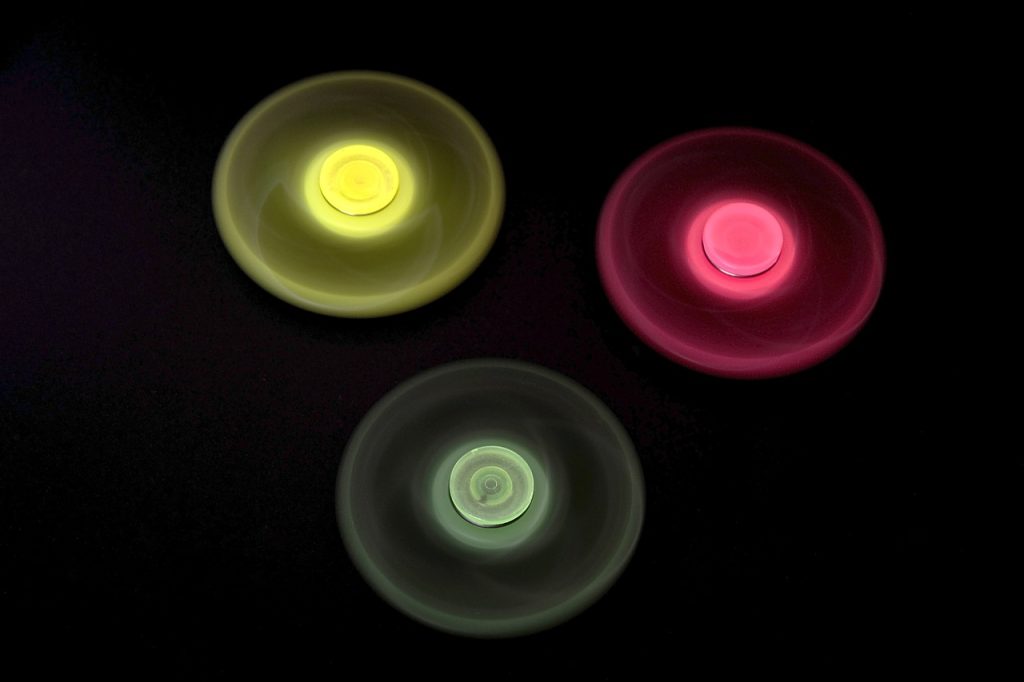Introduction
There are different types of LED lights available on the market. The most common type is the standard LED light but there are so many options, especially for people who like to do DIY projects at home with LEDs. These lights are used in a variety of applications, including accent lighting, task lighting, and general lighting. We just straight up love LED lights here, because they are easy to use, don’t cost much, and can do a lot more things than traditional lights can do. Pretty much the only drawback is that some of them cannot be dimmed, which isn’t something we usually care about. We want bright lights, with lots of colors, and that’s why we love LED lights.
We will do a quick break down of the different type of LED bulbs you can use for projects, and a quick run down of their pros and cons.
What are Dual In-Line Package (DIP) LEDs?
Dual In-Line Package (DIP) LEDs are one of the most popular types of LEDs on the market today. These LEDs are typically used in electronic devices and appliances, as well as in a variety of other applications. DIP LEDs are available in a variety of colors, including red, green, blue, and white. These LEDs are also available in a variety of shapes and sizes.
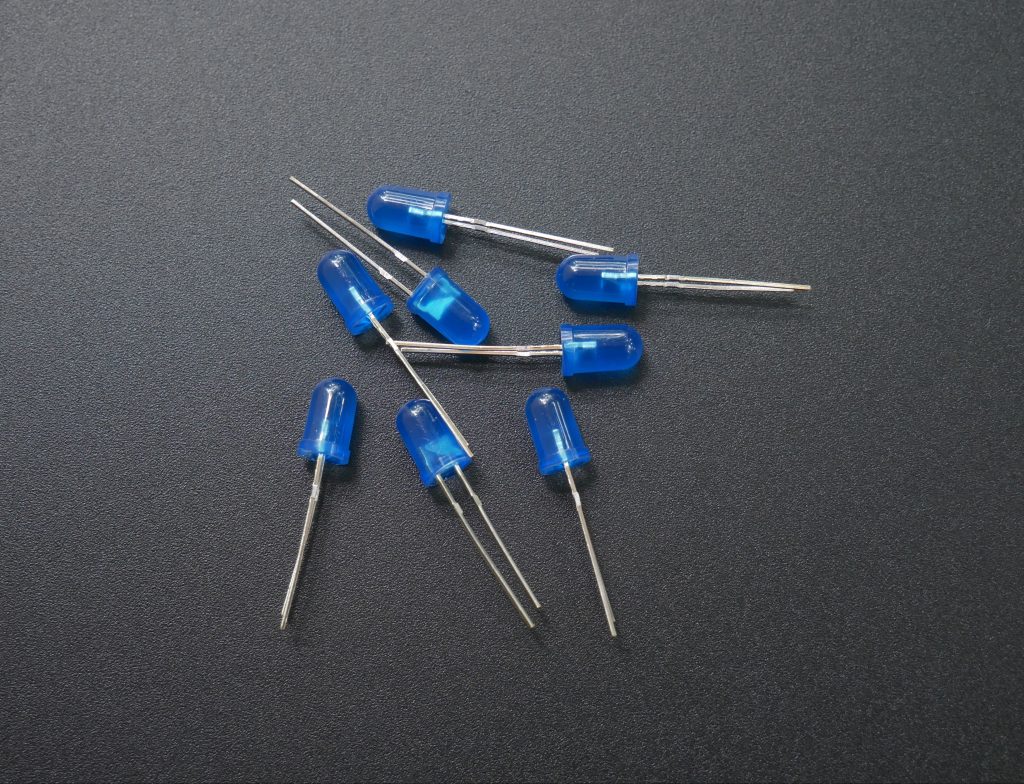
When you think of LED lights you think of the little plastic pieces that usually determine the color, with two wire hanging out. These are the ones that we use in most of our DIY LED projects, and these are exactly what DIP LED lights are as you can see in this picture:
Dual In-Line Package (DIP) LEDs features
DIP LEDs are available in a variety of colors, including white, blue, green, and red which is awesome because we like choice and we like bright colors.. They can also be used in various voltage and current configurations. This makes them ideal for use in a wide range of electronic devices and perfect for DIY projects.
DIP LEDs are also very rugged and reliable. They can withstand a wide range of temperatures and environmental conditions. This makes them an ideal choice for use in harsh environments. so pretty much the best bang for your buck are these little guys.
Dual In-Line Package (DIP) LEDs disadvantages
There isn’t a huge list of drawbacks when it comes to these LED lights but there are some….One disadvantage is that DIP LEDs are not as efficient as other types of LEDs. They also tend to produce more heat than other types of LEDs, which can be a problem in applications where heat dissipation is an issue. Additionally, DIP LEDs are not as rugged as some other types of LEDs, making them less suitable for use in demanding environments. So, to provide clarity because the last two sentences of the pros and cons kind of go against each other… Yes they are rugged, BUT they are not as rugged as some other options.

what are Surface Mounted Diode (SMD) LEDs?
Surface Mounted Diode (SMD) LEDs are a type of light emitting diode (LED) that is mounted on the surface of a circuit board. This type of lighting diode is usually available in a variety of sizes, shapes, and colors.
SMD LEDs are often used in electronic devices such as cell phones, computers, and televisions. They are also used in some lighting applications and can be often found in plug and play parts for DIY led projects. There is no shame in using them, and in fact there are sometimes when they are the only way to go when figuring out what you are going to use as your light source.
SMD LEDs are smaller and more compact than leaded LEDs. They can be placed closer together on a circuit board, which saves space. SMD LEDs also require less soldering than leaded LEDs. And as always, we have to thank some of the places that helped us with our research and one of our favorite LED sites has got to be right here.

SMD LEDs are more durable than leaded LEDs because they are not as susceptible to mechanical shock and vibration. In addition, SMD LEDS typically have a longer lifespan than leaded LEDS.
Surface Mounted Diode (SMD) LEDs disadvantages
This type of setup has a bunch of really good aspects when being used that you shouldn’t discount. I know that many people want to DIY every aspect of a project so sometimes scoff at things that are already mounted, but the benefits of using this type of LED does have some benefits. Here are a list of the best pros of using them:
1. Increased efficiency: SMD LEDs are more efficient than traditional LEDs, meaning they use less power to produce the same amount of light. This makes them ideal for use in battery-powered devices or in any application where energy conservation is a priority.
2.They have a long lifespan, lasting for many years with proper care and maintenance.
3. The small size of SMD LEDs allows for better heat dissipation, which means they can be used in high-temperature applications without fear of damage.
4. SMD LEDs are small and compact, making them ideal for use in a wide range of applications.
Surface Mounted Diode (SMD) LEDs disadvantages
One downside is that SMD LEDs can be more difficult to work with than other types of LEDs. They are also more expensive and have a shorter lifespan than other types of LEDs. And that is kind of it. They do cost more because they are already assembled, and that will just add to the price. And the harder to work with is an kind of personal preference. Of course they are harder than soldering two pieces of wire together. But we have put together a guide on how to solder LED lights, and as you can see it really isn’t that hard.
What are Chip on Board (COB) LEDs?
Chip on Board (COB) LEDs are a type of light emitting diode (LED) that is typically used in high power applications. They are what you would generally think of if you have LED pod lights or something like that.
Chip on Board (COB) LEDs advantages
COB LEDs are made by mounting multiple LED chips onto a single board, which allows for more light to be emitted from a smaller surface area. This in turn makes COB LEDs ideal for use in spotlights, floodlights, and other types of lighting that require a bright, concentrated light source. COB LEDs also tend to be more durable and have a longer lifespan than other types of LEDs, making them a good choice for outdoor and industrial applications. Many people will use these as flood lights outside or for lighting up pathways or rooms. They offer a huge amount of light from a pretty small source.
Chip on Board (COB) LEDs disadvantages
COB LEDs have several disadvantages. One is that they are more expensive than traditional LEDs. They also require a higher level of expertise to install and are more likely to fail if not installed properly. Additionally, COB LEDs produce a lot of heat, which can be a problem in some applications.
Conclusion
We hope you learned about the different types of led light options there are out there with the pros and cons we outlined. There are some decent pros and cons to each of them , but the truth is that the product ( or outcome ) you are looking for will probably determine the type of LED that you choose. Many times , either due to space or lighting requirements you will kind of be forced to use a specific form.
We believe that it is important to do your research before making a purchase, as there are many factors to consider and hope this article was helpful in getting you started on finding the right LED for your DIY project.







